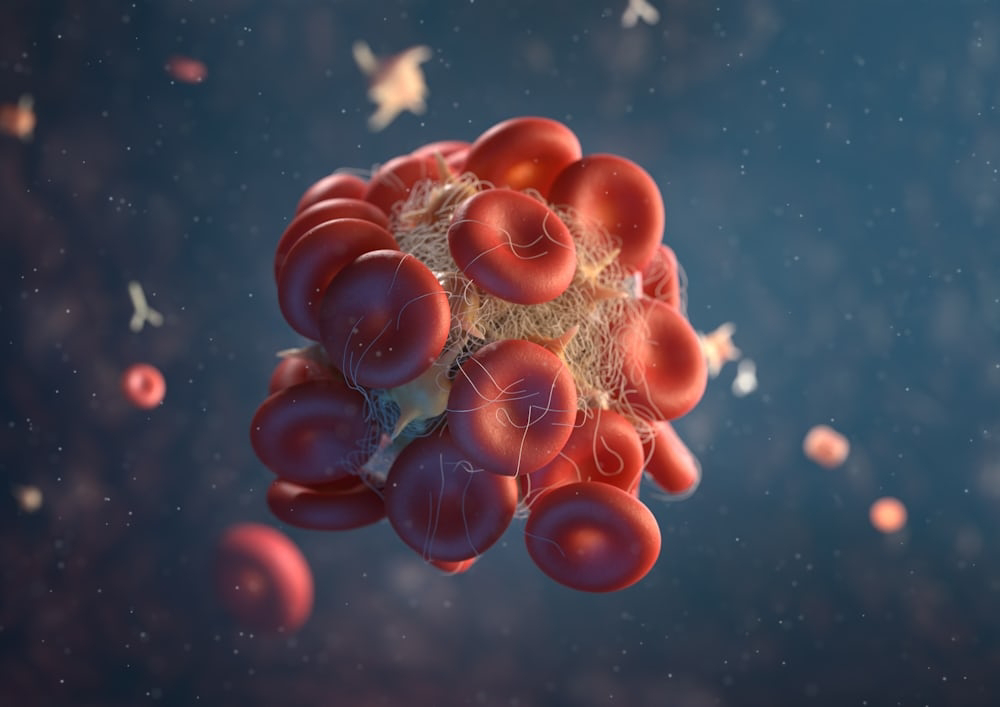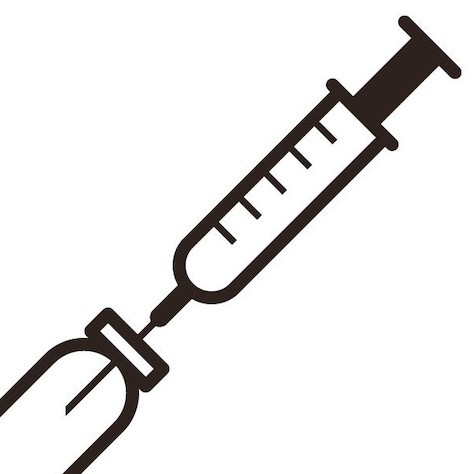Testosterone Replacement Therapy (TRT) can sometimes cause acne. Here's how and why it happens:
1. Increased Sebum Production:
Testosterone can increase the production of sebum, an oily substance produced by sebaceous glands in the skin. Excess sebum can clog pores, leading to acne.
2. Hormonal Changes:
Fluctuations in hormone levels, particularly an increase in testosterone, can stimulate the sebaceous glands and exacerbate acne.
3. Skin Sensitivity:
Some individuals may be more sensitive to changes in hormone levels, making them more prone to developing acne when undergoing TRT.
Managing Acne While on TRT
1. Skincare Routine:
Maintain a consistent and gentle skincare routine. Use non-comedogenic (non-pore-clogging) products and avoid harsh scrubs or cleansers that can irritate the skin.
2. Topical Treatments:
Over-the-counter acne treatments containing benzoyl peroxide, salicylic acid, or retinoids can help manage mild to moderate acne.
3. Diet and Hydration:
A balanced diet and proper hydration can support overall skin health. Avoiding high-sugar and high-fat foods might reduce acne flare-ups.
4. Medical Treatments:
In more severe cases, a dermatologist might prescribe medications like topical or oral antibiotics, or stronger retinoids.
5. Adjusting TRT Dosage:
Sometimes, adjusting the dosage of TRT under the supervision of a healthcare provider can help reduce acne symptoms.
If acne persists or becomes severe, it's essential to consult with a healthcare provider or dermatologist to explore other treatment options and ensure that your TRT regimen is optimized for your health.





Comments
Post a Comment